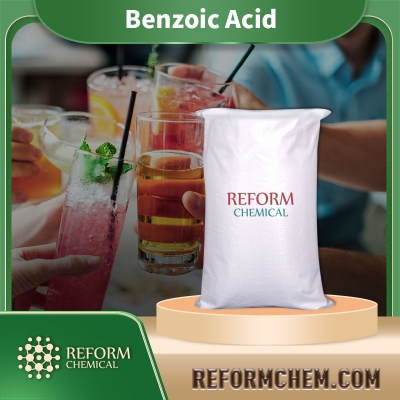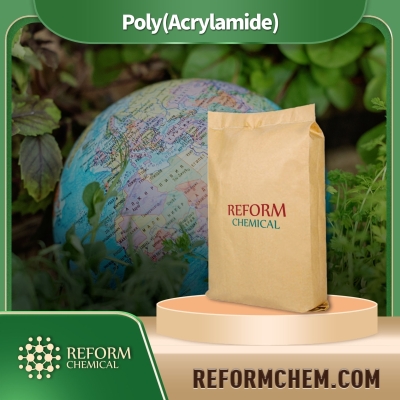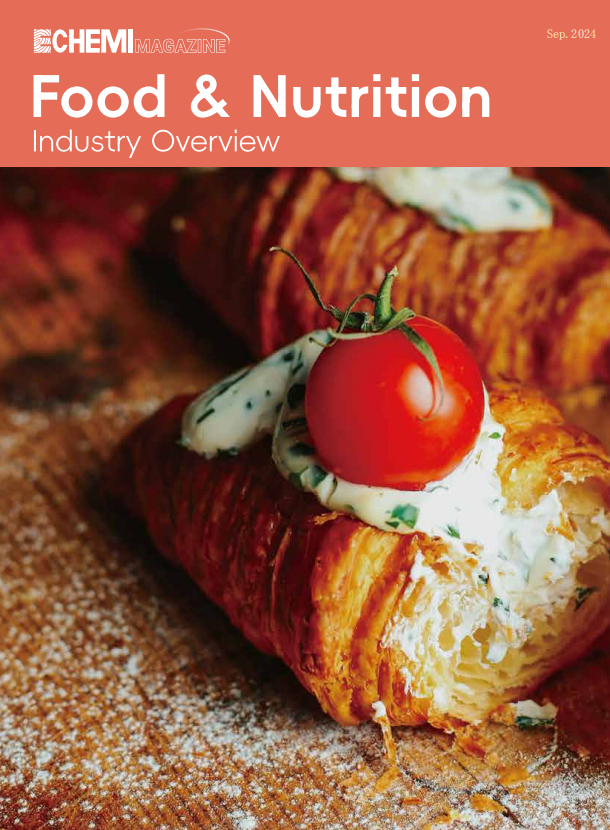Indonesia intends to sharply lower palm oil export tax this month, the market trend is unpredictable
The Ministry of Finance of Indonesia stated that when the price of crude palm oil exceeds USD 1,000/ton, the highest export levy for palm oil will be lowered to USD 175/ton from USD 255/ton previously. When the price of crude palm oil reaches at least US$750/ton, a special export tax of US$50/ton will be charged; for every US$50/ton increase in crude palm oil, the special export tax will increase by US$20/ton.
According to media reports, the Indonesian Palm Oil Association (Gapki) stated that Indonesia's decision to change the palm oil export tax structure is expected to increase exporters' profit margins, although other groups believe that frequent changes to the rules are hurting demand. Gapki Chairman Joko Supriyono said that lowering taxes is expected to provide companies with room to invest or increase production capacity to absorb additional workers. This is important when the government wants the economy to recover more quickly.
However, other groups said that frequent changes in the tax structure have brought uncertainty to the industry. Gulat Manurung, chairman of the smallholder organization APKASINDO, said that these changes may cause buyers to adopt a wait-and-see attitude, and demand for Indonesian palm oil declines, adding that palm fruit prices are affected. At the same time, Sahat Sinaga, executive director of the Indonesian Vegetable Oil Industry Association (GIMNI), said that frequent changes in taxation rules make it difficult for traders to calculate the price and risk of palm oil contracts. The global market does not like changing policies, and the rules should be maintained for at least one year.
Looking for chemical products? Let suppliers reach out to you!
-
Food & Nutrition Industry Overview
The magazine has been officially published in September 2024 and has been issued at Fi Asia Indonesia 2024. It can be downloaded online permanently. It not only provides comprehensive information on the Southeast Asian food market, but also provides overseas readers with the opportunity to understand and track the market dynamics and trends of Chinese food ingredients and get to know outstanding Chinese companies. We sincerely invite you to make full use of the influence of the journal to promotPublished in: Sep. 2024
Trade Alert
Delivering the latest product trends and industry news straight to your inbox.
(We'll never share your email address with a third-party.)
Related News
-
Palm oil prices remain strong
-
The overall supply of the oil market is tight and balanced
-
Eni: plans to phase out palm oil raw materials by 2023
-
Technical Management Measures for Mulberry Trees after Frost Damage
-
Japan plans to strengthen the development of land-based aquaculture
-
Jiujiang pig price rose more than 60% in half a month
-
Temporary subsidy for 4 categories of people in Yunnan with high pork price
-
Functional Properties of Food Additive Monoglycerides
-
Adaptive' original herbs grow strong
-
Vietnamese Basa Fish Prices Continue to Rise due to Shortage of Raw Materials
Recommend Reading
-

Japanese squid imports increased 26% year-on-year in October
-

European chemical enterprises explore opportunities for China
-

Climate change is having a huge impact on fisheries and aquaculture in Bangladesh
-

The Norwegian Ministry of Finance plans to reform the aquaculture tax
-
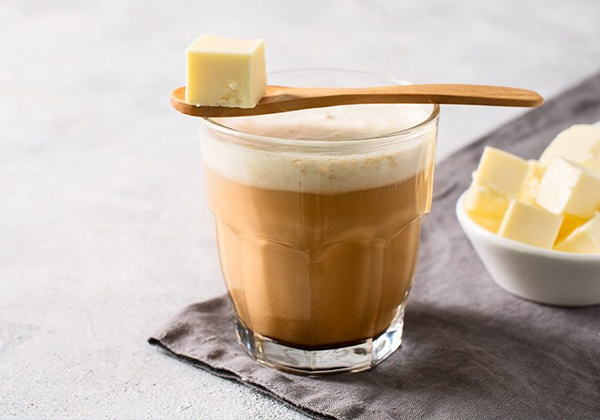
Sugar substitutes, not just talk
-

USDA Report Suggests Coronavirus May Have Spread Widely in Deer and Poses Potential Risk to Humans
-

Temporary Closure of Shell and BASF Joint Venture Ellba's Styrene and Propylene Oxide Plant Raises Concerns in the European Market
-

The atmosphere of domestic acetone market is stalemate on February 14
-
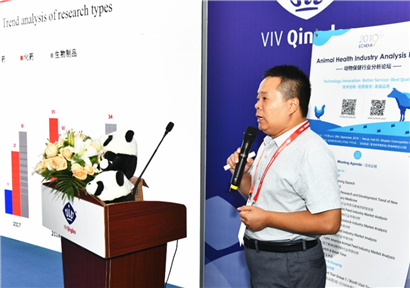
Market of Animal Health Industry & Research of New Veterinary Drug
-

VerdeCoat Expands BPI-Certified Product Line






